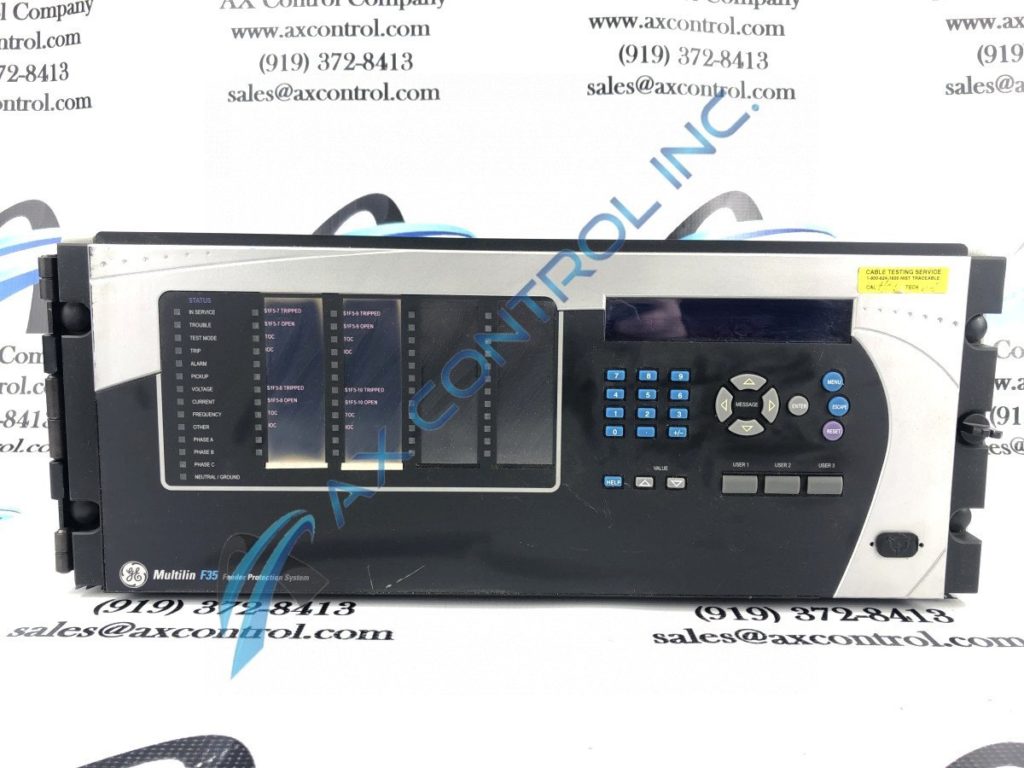
Relays have been around since the mid-1800s, but universal relays are relatively new (GE’s UR relay has been in production for a little over two decades.) But what is a universal relay?
Universal, adjective
including or covering all or a whole collectively or distributively without limit or exception
When GE set out to make a universal relay, the ultimate goal was to create an economical modular substation unit that could seamlessly integrate with existing equipment and software. GE wanted a relay that could work across any kind of communication network and work with any vendor’s equipment.
One challenge to this goal was ongoing technological change. The company wanted something that would integrate seamlessly with future technology as well as current. At the time (late 1990s) that seemed impossible. However, the company looked to PC technology for the answer: create an open communications standard that everyone would use and benefit from. This standard is now driven by groups like EPRI (Electric Power Research Institute). Subgroups within the IEEE and IEC also contribute.
Universal Relays: Early Development
Early universal relays developed to provide manufacturers and utilities with a single tool for metering, monitoring, and control across an entire power system. GE began by harnessing the functional blocks of modern, numerical microprocessor-based relays, including
- Control and algorithmic logic processing. Numerical relays often rely on multiple processors for different functions.
- Power system voltage and current acquisition. This relies on a dedicated DSP (digital signal processor) working with analog-to-digital data acquisition systems.
- Communications to SCADA (Supervisory Control & Data Acquisition) systems or station computers. Various interfaces (Fiber, RS485) and protocols (Modbus, IEC-870-5, DNP) required.
- Analog I/O for interfacing to SCADA and transducer systems. This is required to output or to sense dcmA currents.
- Digital I/O for control interfaces. These handle voltage and current ratings. They also handle actuation thresholds and speed.
Universal relays offer designs to accommodate all of these functional blocks in a way that allows for flexibility and scalability. Also, upgrading URs is possible.
Universal Relays: Architecture
Universal relays use plug-in card systems like those seen in PCs or PLCs. This means URs typically have a chassis or rack-mount platform that can accept a certain number of individual plug-in modules. Each module also plugs into a high-speed data bus to maintain simple but fast data transfer. Design allows modules to get changed out without disturbing field wiring located at the back of the unit.
Advantage: Scalability and Flexibility
With this modular architecture in place, adding or changing modules becomes a simple task. Users who begin with a system meeting minimal needs can add on as their needs change or as they fine-tune goals and requirements.
Advantage: Easily Upgradeable
Modularity allows for easy upgrades. For example, as technology progresses and becomes more complicated, a more powerful CPU can replace a less sophisticated one, while maintaining other parts of the system. Other modules offer the same capability for upgrades as needed. This limited upgrade-as-needed approach allows significant cost savings.
Is it time to upgrade your GE Multilin UR system? We can help with that! Talk to our team today.

You must be logged in to post a comment.